Tips for Getting the Most From Your HR Audit

HR Audit. No one likes to hear that word – audit. Review. Evaluation. Analysis. No matter what word you use, negative thoughts start to fill your head. We challenge you, however, to look at this event as a chance to review and renew. A properly conducted HR Audit can (and should) be a welcome review of your human resources function, helping you to remain the best in class or improve the function and services you provide. As with many things, how you prepare for an HR Audit will determine its effectiveness.
Why conduct an HR Audit?
An HR Audit involves an organized and structured review of your organization’s human resources practices. By reviewing policies, procedures, legal requirements, and processes, the HR Audit enhances the overall efficiency, compliance, and effectiveness of an organization’s HR practices – ensuring these are on track to focus your employees’ efforts in meeting your organization’s goals.
When conducted properly, the audit will reveal departmental strengths and shed light on gaps and areas for improvement. A skilled auditor will guide you through the findings and offer course-correcting recommendations.
Some reasons to conduct an HR Audit can be to:
- Ensure implementation of good and consistent HR practices and compliance
- Instill a sense of confidence in management and the human resources function
- Maintain or enhance the reputation of the organization
- Perform “due diligence” review for shareholders or potential investors/owners
- Establish a baseline for process improvement and enhanced customer service
How to prepare for an effective HR Audit?
How do you ensure your HR Audit is a constructive event resulting in improvements rather than demerits? The key to an effective audit is for it to be clearly defined and have the process work to your advantage. When selecting an auditor to review your human resources function, we recommend securing an individual or team that will work with you to make certain that you get what you want out of the review. To do that, interview those you are considering to take on the auditor role to verify that they understand your culture and your industry. Consider the following as you prepare for your HR Audit:
1. Define your desired outcome
What is the goal of your HR Audit? Is it a compliance-driven review? Is it a review of process and best practice? Some employers are confident that their compliance is on point and prefer a review of processes and best practices in functional activities such as recruiting, payroll processing, or even benefits administration. Others are solely concerned about compliance and keeping up with the myriad of changing legal requirements. Determine your desired outcome before you begin and tailor the review to meet those expectations on the front end.
2. Identify HR areas to review
Are you reviewing all of the functional aspects of HR or just one or two key areas? For example, some employers request an in-depth review of a specific area, such as their recruiting function, rather than a review of all areas. The audit would consist of an evaluation of both compliance and best practices in the recruiting process to identify areas of potential improvement surrounding their recruiting efforts.
Others prefer to have a review of all of the HR areas. In this type of audit, all functional areas under analysis would include recruiting and employment, recordkeeping, policy development, compensation, benefits, health and safety, communications, and payroll. These reviews typically involve a focus on compliance in these areas, but they also evaluate processes and procedures for each of the areas. The organizational effectiveness of the HR function can also be examined to ensure the department is meeting the needs of its internal customers.
3. Determine who should be involved
Will you only include human resources staff who regularly touch the function, or will you include your internal customers as well? For example, if you are doing a review of your recruiting and employment process, who will you include? Your HR recruiting staff is an obvious choice, but what about the hiring managers in the functional areas and/or those involved in orientation and onboarding?
4. Take action
The report provided at the end of the audit will include items that should be improved. Findings may include general compliance or regulatory items that need to be addressed or even a process improvement recommendation. Most audits help you to determine the high-priority items versus those of lower priority based on compliance concerns.
Once the action items are identified, it will be up to you and your team to prioritize the items and determine who will be responsible for implementing the changes. Determine how you will approach the “fixes” so expectations are clear at the onset. It’s unlikely for everything to be addressed immediately, so you’ll want to align on expected timelines.
To ease concerns ahead of time, be sure to prepare for an HR Audit with a well-designed plan and clear expectations. As experienced HR auditors ourselves, we encourage you to work cooperatively with your chosen auditor to make sure you are getting what you want out of the review so positive outcomes can be reached.
Thank you to Lorrie Diaz, MS, PHR, Senior HR Business Advisor, and Patti Dunham, MBA, MA, SPHR, SHRM-SCP, Director of Business Strategy and Quality for sharing their expertise on HR Audits.
Clark Schaefer Strategic HR knows that keeping abreast of HR Compliance issues can be daunting, especially when the laws keep changing. We can conduct an HR Audit to identify trouble spots in your HR function and help to mitigate compliance issues. If you would like a customized quote, you can Request an HR Audit Quote.
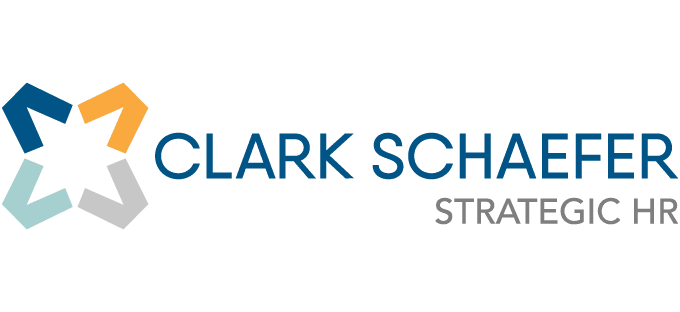
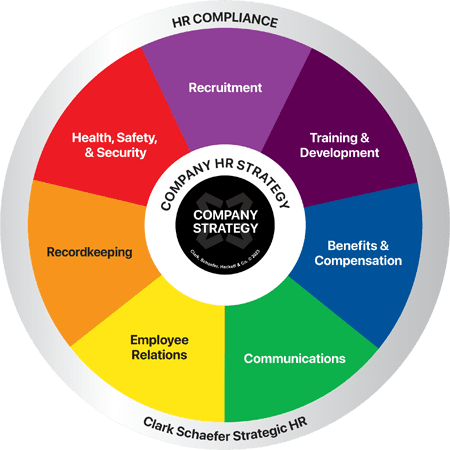
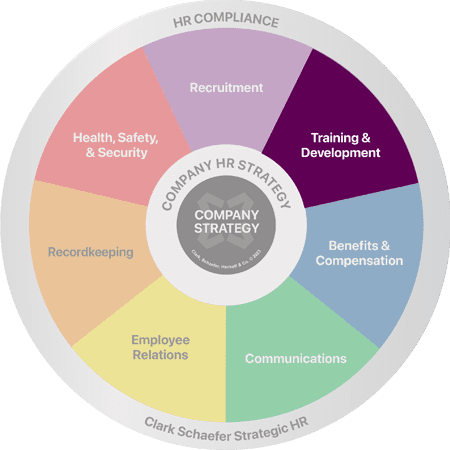
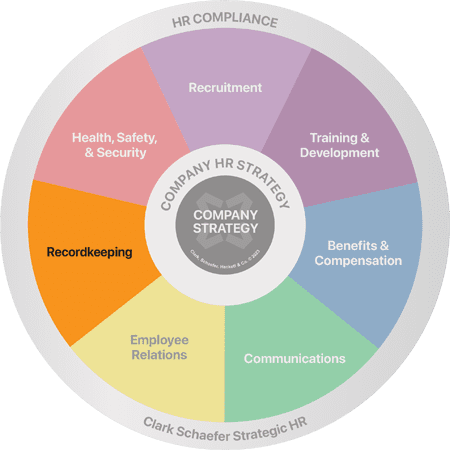


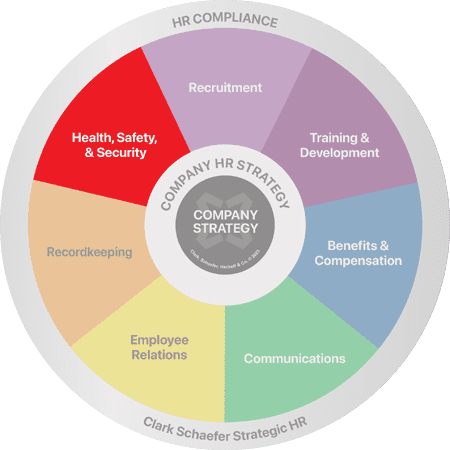


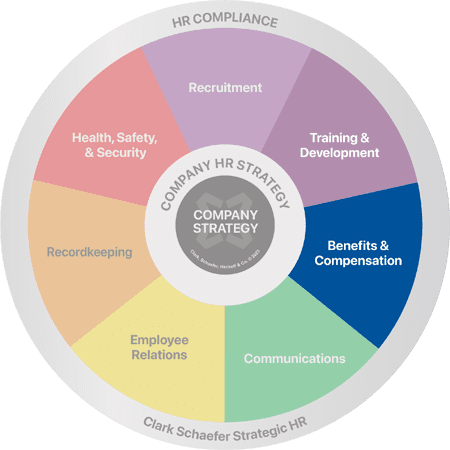
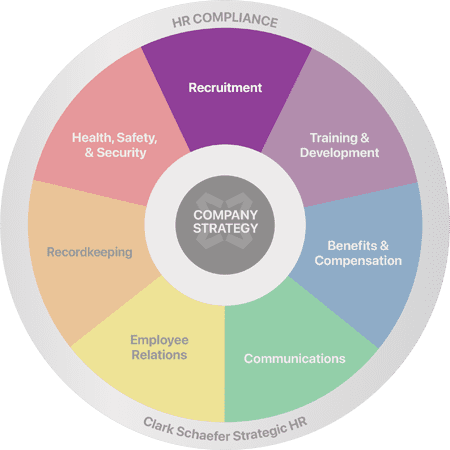

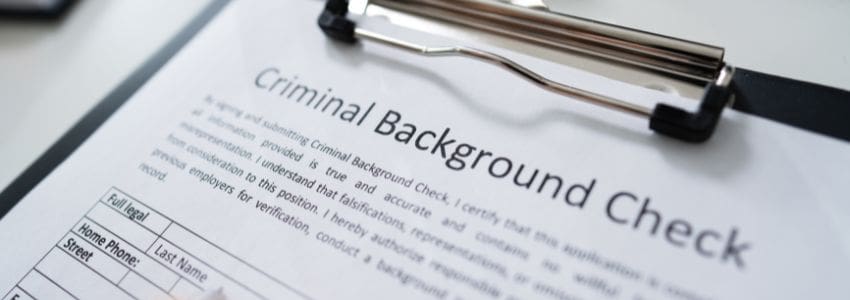
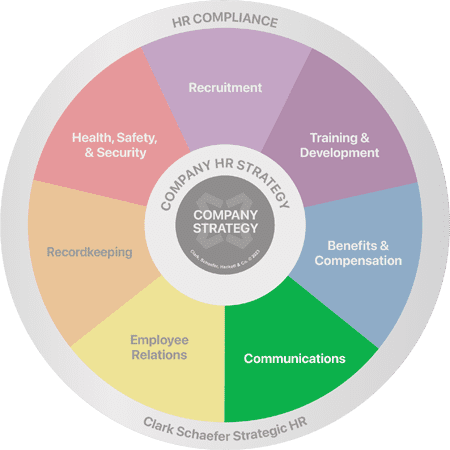

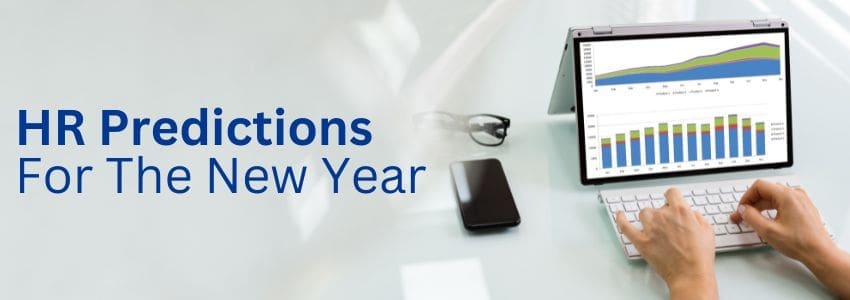





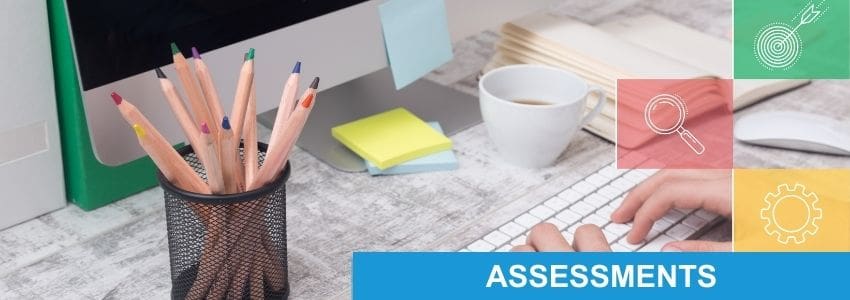

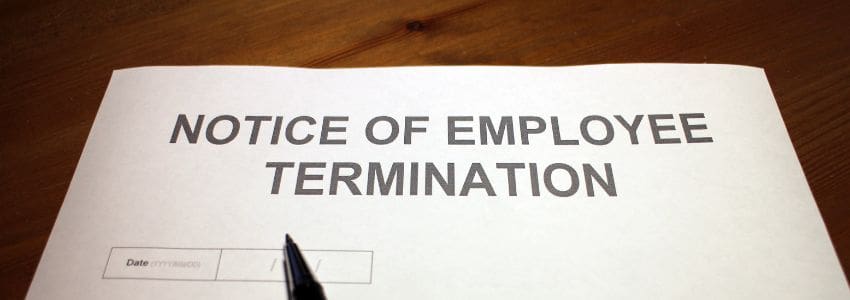







 HR Question:
HR Question:
